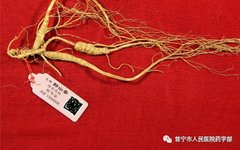
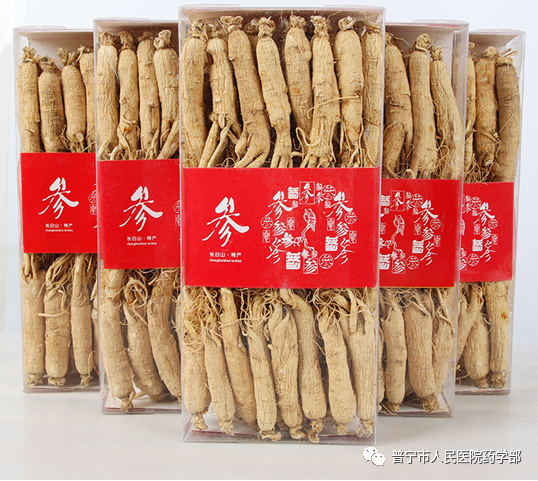
Have you often heard various names for ginseng, such as Shan Shen (Mountain Ginseng), Yuan Shen (Garden Ginseng), Hong Shen (Red Ginseng), Gao Li Shen (Korean Ginseng), Kai He Shen (Kaihesheng), Yang Shen (Western Ginseng), Hua Qi Shen (American Ginseng), etc.? Why are there so many classifications of ginseng? What are the differences among them? Today, we will discuss this topic.
The source of ginseng is the dried root of the plant Ren Shen (Panax ginseng C.A.Mey.), primarily produced in Jilin, Liaoning, and Heilongjiang provinces. The highest quality and largest production comes from Fusong County in Jilin, known as Jilin Shen. It is known for its ability to greatly replenish vital energy, tonify the spleen and qi, generate fluids, calm the spirit, and enhance intelligence.
In simple terms, wild ginseng is referred to as Shan Shen; cultivated ginseng is called Yuan Shen. Yuan Shen is generally harvested after 6 to 7 years of cultivation. Fresh ginseng that is cleaned and dried is called Sheng Shai Shen (Fresh Dried Ginseng); ginseng that is steamed and then dried is called Hong Shen; ginseng that is blanched in water and soaked in sugar before drying is called Bai Tang Shen (White Sugar Ginseng); the small roots that are processed and cut off are referred to as Shen Xu (Ginseng Hairs); and wild ginseng that is dried is called Sheng Shai Shan Shen (Fresh Dried Mountain Ginseng).
Ginseng is classified into several categories based on cultivation methods, processing methods, and regional differences:

1. Wild Mountain Ginseng
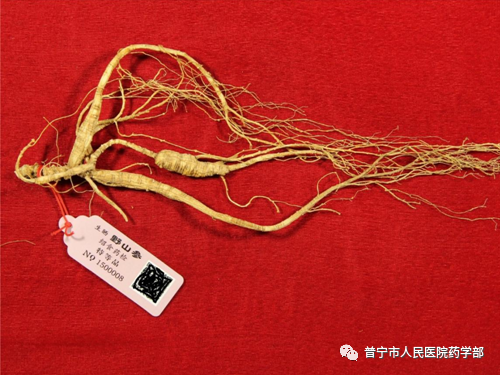
This refers to ginseng that has grown in a natural environment without any human intervention. They are naturally distributed, reproduced, and grown in forests. Wild mountain ginseng is a nationally protected species that is on the verge of extinction, and pure domestic wild mountain ginseng is extremely rare, with prices rising.

2. Transplanted Mountain Ginseng
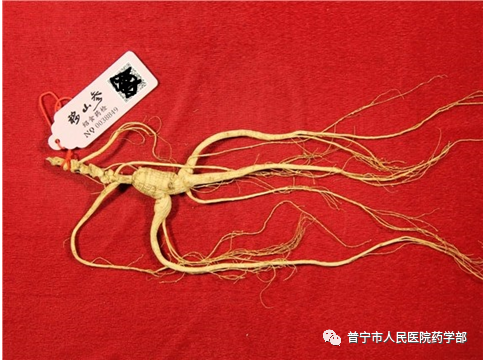
This refers to wild mountain ginseng seedlings that are dug up and transplanted under the forest floor. After several years of natural growth, they are called transplanted mountain ginseng, also known as Shan Shen Pa Huo (Mountain Ginseng Planted).

3. Seed Ginseng

This refers to ginseng that is artificially sown under the forest, either wild or garden ginseng seeds, and has grown naturally for over 15 years.

4. Ginseng-like Varieties
Various so-called ginseng-like varieties, other than true wild mountain ginseng, transplanted mountain ginseng, and seed ginseng, should be further classified based on their actual source and stable morphological characteristics. Some of these groups closely resemble wild mountain ginseng in morphology and have high intrinsic quality, referred to as Lei Shan Shen (Ginseng-like).

5. Garden Ginseng
Garden ginseng is artificially cultivated ginseng and is the most common type found in the medicinal herb market.
Garden ginseng is classified by region into:
-
5.1 Fusong Road
This is the main commercial variety of Jilin ginseng. The farm varieties include: Da Ma Ya and Er Ma Ya.
-
5.2 Jian’an Road
Ginseng from Jian’an Road grows slower, has relatively higher production costs, and lower yields compared to Fusong Road. Ginseng from Jian’an Road is often processed into Bian Tiao Hong Shen (Edge Strip Red Ginseng). The brand name for Jian’an Road ginseng is Xin Kai He Ren Shen (New Kaihe Ginseng), which is packaged in ironwood boxes and undergoes secondary processing into red ginseng, categorized by weight into large boxes (600 grams) and small boxes (100 grams). They are further divided by the size and grade of the ginseng inside into 10, 15, 20, 30, 40, 50, 60, 70, 80 strips and small goods.
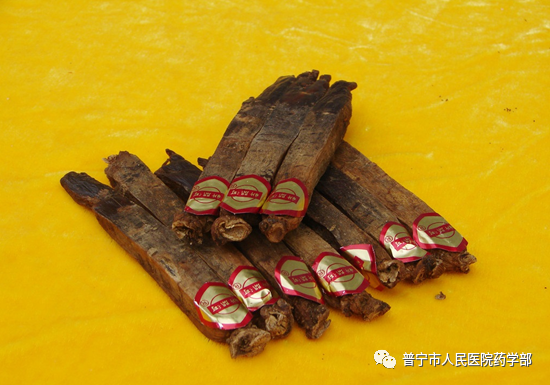
By processing methods, garden ginseng is classified into:
-
5.3 Hong Shen
Red ginseng is processed by steaming and then drying. The processing technique is very meticulous, and the color and texture of red ginseng can vary significantly even from the same batch of ginseng. The main commercial red ginseng is processed from Fusong Road ginseng. The color of red ginseng is determined by the outer skin. A good quality red ginseng has a bright red color and is semi-transparent, but size and regional factors also play a role. Generally, larger red ginseng tends to have a less favorable color, while smaller ginseng often has a better color.
-
5.4 Sheng Shai Shen
Fresh dried ginseng is made by directly drying fresh ginseng, which can be further divided into full root fresh dried ginseng, bare fresh dried ginseng, original skin fresh dried ginseng, and white ginseng, etc. Currently, the fresh dried ginseng in the market is mainly without root hairs, commonly referred to as Sheng Shai Shen or Guang Sheng Shai (Bare Fresh Dried Ginseng). It is generally believed that the heavier and harder the fresh dried ginseng, the better, and the whiter the color, the better.
-
5.5 Da Li Shen
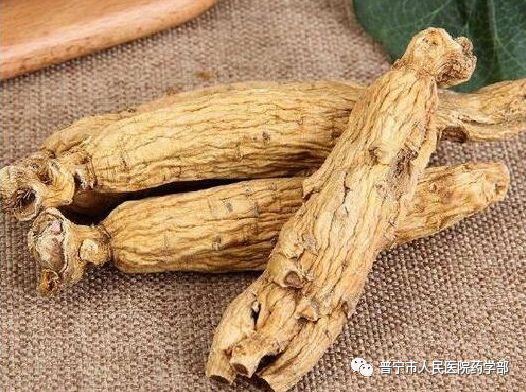
Da Li Shen is made from high-quality fresh ginseng, removing the skin and legs, then blanching and drying. It has a yellowish-white outer skin, slightly pink and transparent inside, is of high quality, and is a mainstream product in recent years.
-
5.6 Huo Xing Shen
Active ginseng is made from high-quality fresh ginseng, using freeze-drying technology to preserve its shape, color, flavor, and effective components.
-
5.7 Bao Xian Shen

This involves soaking fresh ginseng in a preservative solution and storing it in sterilized plastic packaging. This product usually selects high-quality fresh ginseng, with one or two pieces per bag.

6. Korean Ginseng

Korean ginseng is produced in North Korea and South Korea, mostly cultivated, and the processed varieties are often red ginseng, packaged ginseng, with quality comparable to Chinese red ginseng but at a higher price. Korean ginseng is divided into two types: North Korean ginseng and South Korean ginseng, with the former being most famous from areas like Kaesong in North Korea, and the latter from Myeonsan in South Korea.
According to quality, North Korean red ginseng is classified into four grades: Tian, Di, Ren, and Weng, while South Korean ginseng is classified into Tian, Di, Liang, and Qie.

7. Oriental Ginseng
This ginseng is primarily produced in Japan.

8. Western Ginseng
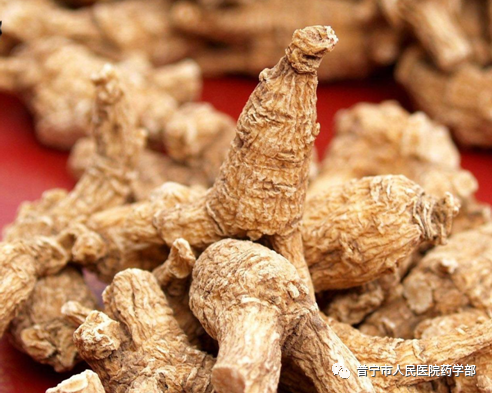
Western ginseng is the dried root of the plant Xi Yang Shen (Panax quinquefolius L.), which has a bitter taste and cool nature. It is also a type of ginseng, known for its ability to tonify lung yin, clear heat, and nourish the stomach and generate fluids.
The United States was formerly known as the Flower Flag Country, so Hua Qi Shen refers to Western ginseng from the United States.
Wild Western ginseng mainly comes from the United States, with Kentucky being the most famous, but its resources are scarce and prices are high.
Western ginseng is best cultivated in Wisconsin, USA, while Ontario, Canada, has the highest production. Since 1975, China has begun large-scale introduction of Western ginseng, and it has developed to become one of the three main producing countries of Western ginseng in the world.
References:
[1] Du Renqiang, Kang Eryan, Song Lianbin. Classification and Identification of Ginseng [J]. Jilin Agriculture, 2001(04):9.
[2] Kang Xuelai, Wu Jianguo, Zhang Yufen, Gao Lijie. Commercial Classification and Quality Identification of Ginseng [J]. Ginseng Research, 2002(02):35-37.
[3] Liu Yang. Research on Quality Grade Standards of Western Ginseng [D]. Jilin Agricultural University, 2019.

End
Editor: Xu Meifeng
Initial Review: Lin Helian
Final Review: Xu Hanbo
“Medicine” for Health, “Medicine” for Safety
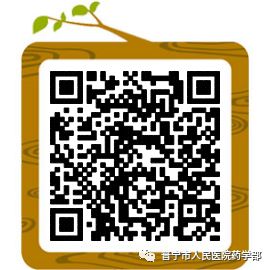
More Recommendations [Rational Medication] A Simple Good Habit to Solve 99% of Medication Problems! [Rational Medication] Does the Expiration Date Equal the Usage Period After Opening? [Drug Information] The First Quarter of 2021 “Drug News” is Released!

